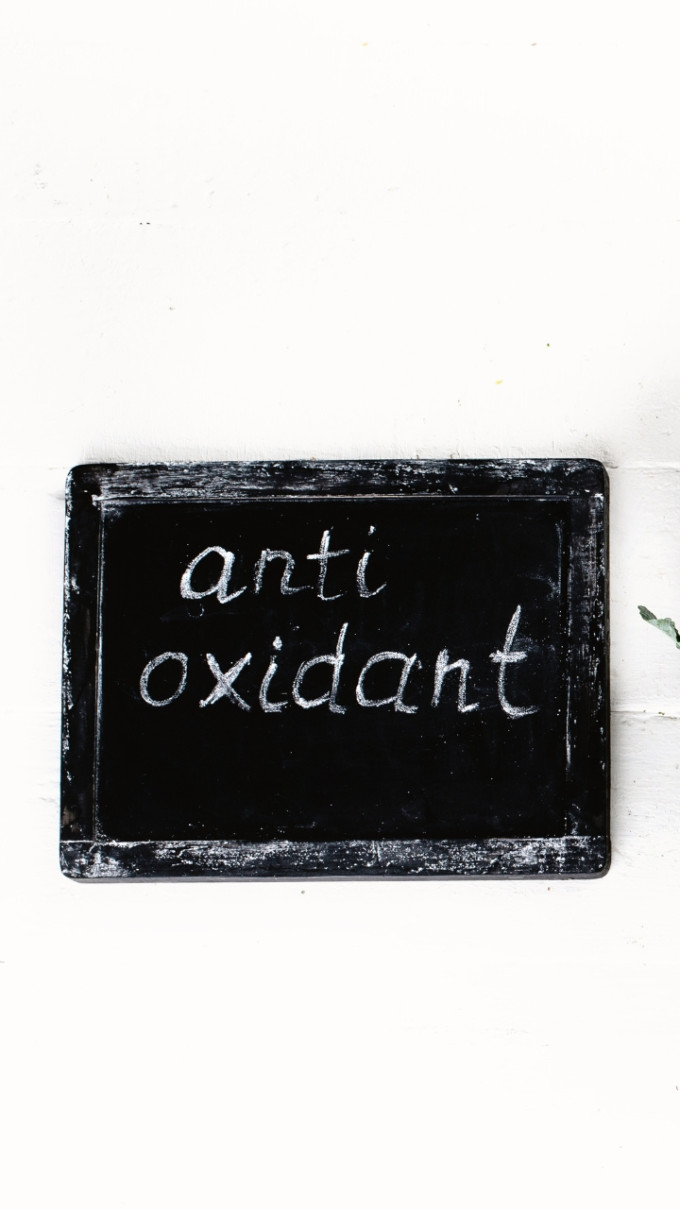Panta bhat may be among India’s worst rated foods by Taste Atlas, but it bags the top spot on nutrition
Hold the raita! A popular food website, TasteAtlas, has stirred up a fiery debate in India with its recent list of the “worst-rated Indian dishes.” Dishes like jalebi, dhokla, biryani, and dabeli — staples in many Indian households — have been surprisingly included, leaving many scratching their heads in disbelief.
This list even features some summer favourites that have been a welcome respite from the recent heatwave, including panta bhat (also known as poita bhat in the Northeast) and the iconic falooda, a legacy of the Mughal era. Panta bhat, a mildly fermented rice dish, goes by various names across India – pakhala in Odisha, basiya bhat in Bihar and Jharkhand, and kanji in Tamil Nadu.

Tasty or not, according to Sushma PS, Chief Dietician at Jindal Naturecure Institute, the dish made from fermented rice, boasts a unique nutritional profile and potential health benefits that make it a worthy addition to your diet.
Why is panta bhat good for health?
Panta bhat is prepared by soaking leftover cooked rice in water overnight. This fermentation process unlocks a surprising array of nutrients, said Sushma. “While it retains the basic components of rice — carbohydrates, proteins, and a small amount of fat — fermentation increases the levels of beneficial bacteria. These bacteria contribute to gut health and improved digestion,” she explained.
View this post on Instagram
A post shared by TasteAtlas (@tasteatlas)
It is also a good source of essential vitamins and minerals like B vitamins, iron, and magnesium. The high water content makes it a hydrating meal, perfect for combating summer heat. When combined with chopped vegetables, green chilies, and fried or grilled patol (pointed gourd), panta bhat becomes a balanced source of fibre, vitamins, and protein, according to Sushma.
The fermentation process in panta bhat is not just about taste. It offers several health advantages:
- Improved Digestion: The good bacteria act as probiotics, aiding digestion and preventing gut problems.
- Enhanced Hydration: The high water content keeps you hydrated, particularly important in hot weather.
- Increased Nutrient Absorption: Fermentation improves the bioavailability of nutrients like B vitamins, iron, and magnesium, making them easier for your body to absorb.
- Cooling Effect: Panta bhat has a natural cooling effect on the body, making it a popular summer choice
 Ingredients like green chilies and mustard oil add antioxidants that help fight inflammation and oxidative stress. (file)
Ingredients like green chilies and mustard oil add antioxidants that help fight inflammation and oxidative stress. (file)
A few considerations before you dig in
While generally safe and healthy, Sushma advises caution for certain individuals when eating panta bhat:
Sensitive Stomachs: The fermentation process can create acids and bacteria that might not be suitable for those with sensitive digestion.
Food Safety: Improper fermentation or storage can lead to harmful bacteria growth and foodborne illness. Always ensure the rice is properly cooked, soaked in clean water, and stored hygienically.
Allergies: If you have allergies to rice, mustard oil, or other ingredients, avoid panta bhat.
High Acidity: Individuals prone to acid reflux or stomach issues may find the fermented rice too acidic.
📣 For more lifestyle news, click here to join our WhatsApp Channel and also follow us on Instagram
Disclaimer: The copyright of this article belongs to the original author. Reposting this article is solely for the purpose of information dissemination and does not constitute any investment advice. If there is any infringement, please contact us immediately. We will make corrections or deletions as necessary. Thank you.
